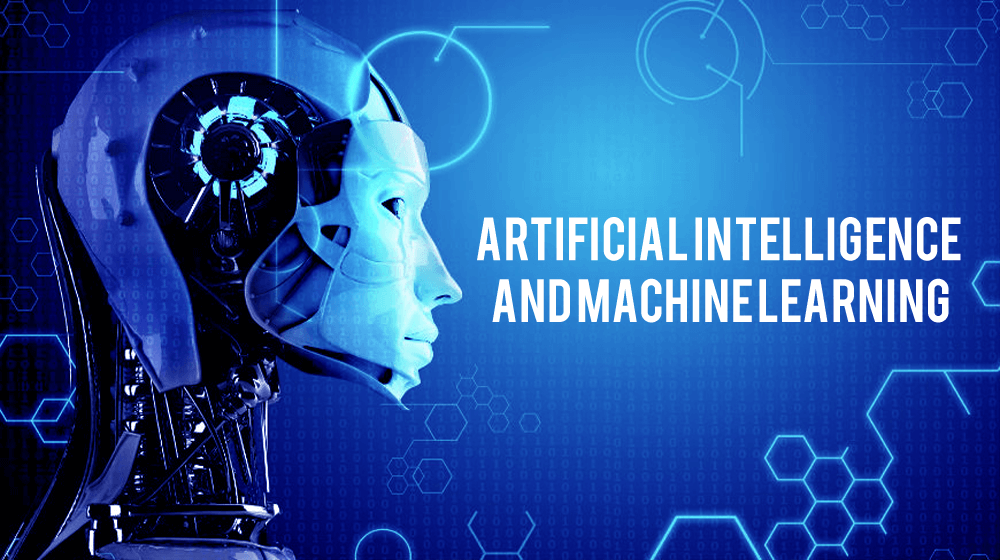There are many machine learning algorithms that are commonly used in commercial AI projects, and the choice of algorithm depends on the specific requirements of the project. Here are three relevant ML algorithms that are commonly used in commercial AI projects:
- Random Forest: Random Forest is a decision tree-based algorithm that is used for both classification and regression tasks. It is commonly used in commercial AI projects because it is easy to implement, can handle large datasets, and is very accurate. Random Forest can also be used for feature selection and can handle missing data.
- Gradient Boosting: Gradient Boosting is a machine learning algorithm that is used for regression and classification problems. It is commonly used in commercial AI projects because it can handle large datasets, has good accuracy, and can be used with a variety of loss functions. Gradient Boosting can also handle missing data and can be used for feature selection.
- Neural Networks: Neural Networks are a type of machine learning algorithm that is modeled after the structure of the human brain. They are commonly used in commercial AI projects because they can handle complex and large datasets, have high accuracy, and can be used for a variety of tasks such as classification, regression, and image recognition. Neural Networks can also be used for feature selection and can handle missing data

Regression
Regression is a statistical technique used in machine learning to model the relationship between a dependent variable (or output variable) and one or more independent variables (or input variables). It is a supervised learning approach, which means that the model is trained on labeled data that contains both the input variables and the corresponding output values.
Regression models are used to predict a continuous value or numerical output variable, based on one or more input variables. The goal is to find the best-fitting line or curve that can accurately predict the value of the output variable given the input variables.
Linear regression is one of the most commonly used regression techniques, where a linear equation is used to model the relationship between the input and output variables. Nonlinear regression techniques, such as polynomial regression and logistic regression, are also used when the relationship between the input and output variables is nonlinear.
Regression is used in various fields such as finance, economics, engineering, and social sciences for forecasting, prediction, and analysis of relationships between variables. In machine learning, regression models are used in applications such as housing price prediction, stock market analysis, and demand forecasting.
Classification
Classification is a machine learning technique used to categorize or classify input data into one of several predefined categories or classes. It is a supervised learning approach, which means that the model is trained on labeled data that contains both the input features and their corresponding class labels.
The goal of classification is to develop a model that can accurately predict the class of new, unseen data based on its input features. This is typically done by training the model on a labeled training dataset, then evaluating its performance on a separate validation dataset.
There are several types of classification algorithms used in machine learning, including decision trees, logistic regression, support vector machines (SVMs), and neural networks. The choice of algorithm depends on the nature of the data, the number of classes, and the complexity of the classification problem.
Classification is used in a wide range of applications, including image and speech recognition, sentiment analysis, fraud detection, and medical diagnosis. For example, in medical diagnosis, a classification model can be used to predict whether a patient has a particular disease based on their symptoms and medical history.
Clustering
Clustering is a machine learning technique used to group similar objects or data points together into clusters or clusters. It is an unsupervised learning approach, which means that it is used to find patterns and structure in data that are not labeled or classified.
The goal of clustering is to find the underlying structure in data and group similar data points together. Clustering algorithms use various similarity measures to determine the similarity between data points and group them accordingly.
There are several types of clustering algorithms used in machine learning, including k-means clustering, hierarchical clustering, and density-based clustering. The choice of algorithm depends on the nature of the data and the desired outcome.
Clustering is used in a wide range of applications, including image segmentation, customer segmentation, anomaly detection, and recommendation systems. For example, in customer segmentation, clustering can be used to group similar customers together based on their purchasing behavior and demographic information, which can be used for targeted marketing and customer retention.

Before Using an ML Algorithm for a Project
Before using a machine learning algorithm for a project, there are several important steps that should be taken to ensure its success:
- Define the problem: Clearly define the problem that needs to be solved and determine whether machine learning is the appropriate approach to solve it.
- Gather and preprocess data: Gather and preprocess the data needed for the project. This includes cleaning, transforming, and feature engineering to prepare the data for use with the machine learning algorithm.
- Choose appropriate evaluation metrics: Choose appropriate evaluation metrics to assess the performance of the machine learning algorithm. The metrics used should be aligned with the project’s objectives.
- Select a suitable machine learning algorithm: Select a suitable machine learning algorithm based on the problem, the type of data, and the desired output.
- Train and test the model: Train the machine learning model on the training data and test its performance on a separate validation dataset. This helps to evaluate the performance of the model and tune its hyperparameters.
- Evaluate and refine the model: Evaluate the performance of the model and refine it based on the evaluation metrics. This may involve adjusting the hyperparameters, selecting different features, or using a different algorithm altogether.
- Deploy the model: Deploy the machine learning model in a real-world setting, and monitor its performance over time. This involves integrating the model with other systems and processes and continuously updating it to maintain its accuracy and relevance.
By following these steps, you can ensure that the machine learning algorithm is appropriate for the project and that it can provide accurate and useful results.
Read More — > What is the Role of Python in Artificial Intelligence?





